Electric bike vs e-bike conversion kit: Which works better for you?
There’s more than one path to e-bike nirvana
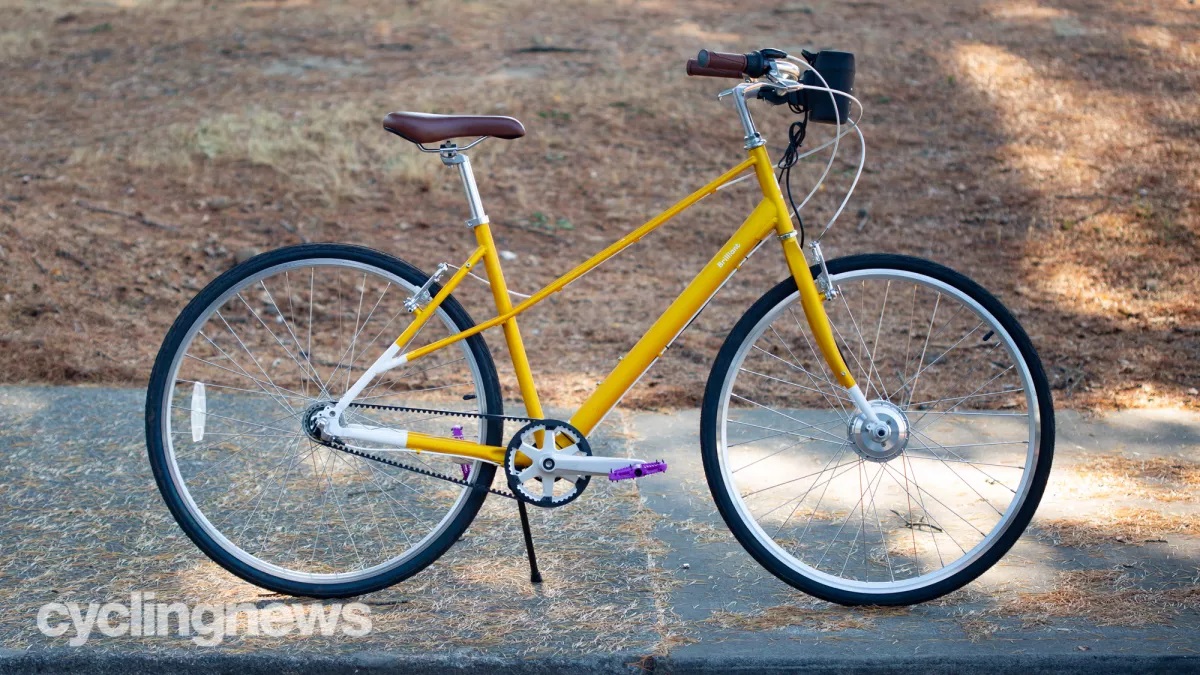
If you’re thinking of buying an electric bike, there are quite a few hurdles. First, the best electric bikes may not even be available. As with the rest of the bicycle market, there’s a chronic shortage of bikes and parts at present that has forced even professional cycling teams to recycle older components.
That’s exacerbated by the growing popularity of e-bikes. We’ve found some of the best electric bike deals out there, but they’re few and far between. There continues to be significant inflation in bike prices too, so it’s harder to find an electric bike that hits a price point. If you’re looking for an electric bike on a budget, you may not find them in stock.
This brings us to the alternative: convert an existing bike to electric power. There’s a whole range of electric bike conversion kits out there which allow you to add an e-boost to a standard pedal-powered bike you already own.
If you’re wondering which route to go down if you want to go electric, here’s a rundown of the pros and cons of kits versus complete e-bikes.
Should I buy an e-bike conversion kit?
If you’ve got a suitable bike sitting around at home and maybe not being used that much, an electric bike conversion kit could be a great option to repurpose it and make it more useful. The candidate bike does need to be in reasonable working order though, or you’re going to be back into “can I get the parts?” territory.
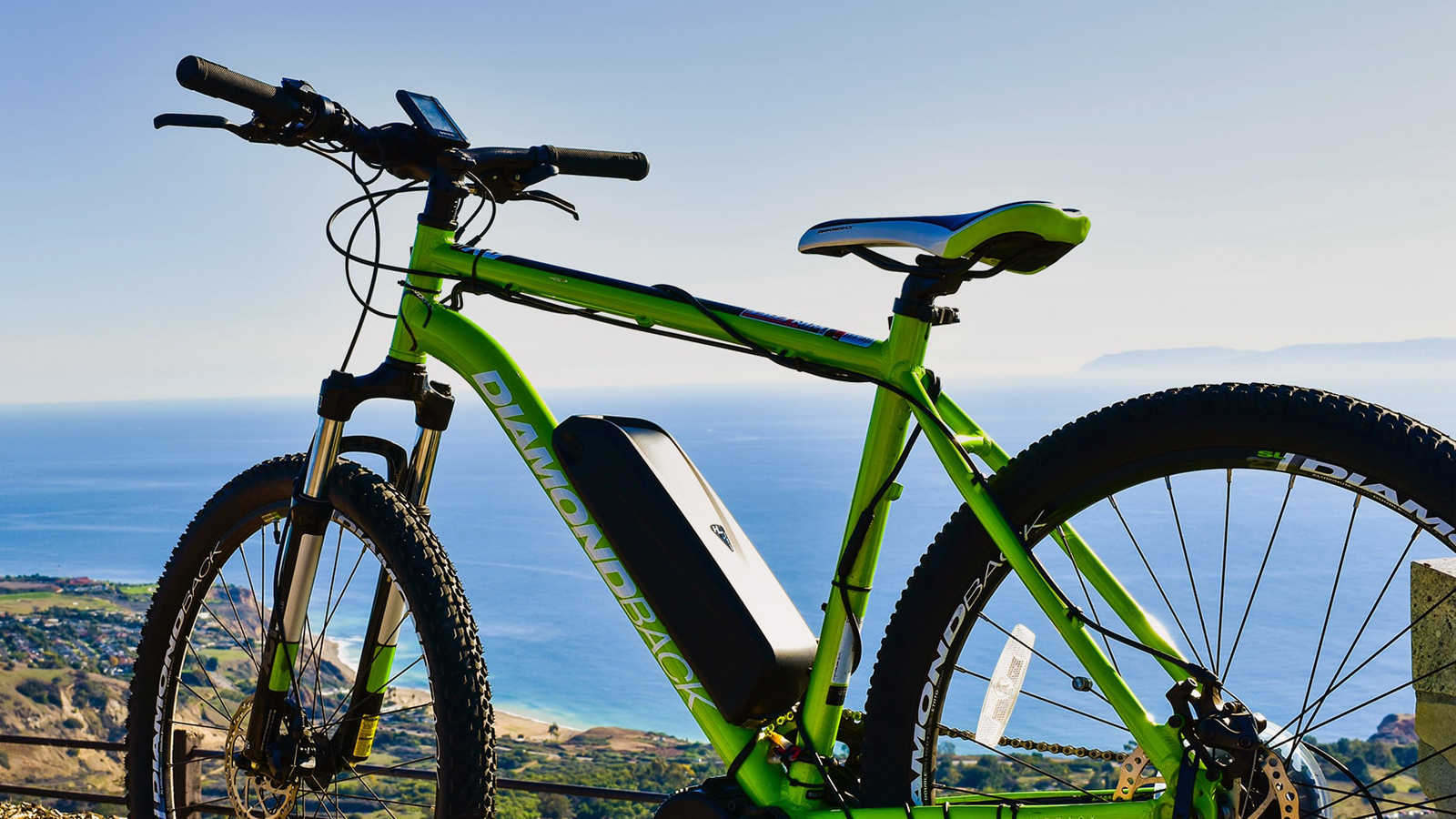
As we said above, e-bike availability is pretty dire at present, but conversion kits are more readily available. There’s a whole range to wade through on Amazon (look out for Bafang, which is a more established brand name), while other kits are sold direct or via dealers.
E-bike conversion kits come in a wide range of formats, so it’s worth considering which would work for you. Some like the Rubbee X simply bolt onto your frame and you’re good to go. The next tier up like the Swytch kit means replacing your wheel or hub and cabling in the battery pack and controller.
Get The Leadout Newsletter
The latest race content, interviews, features, reviews and expert buying guides, direct to your inbox!
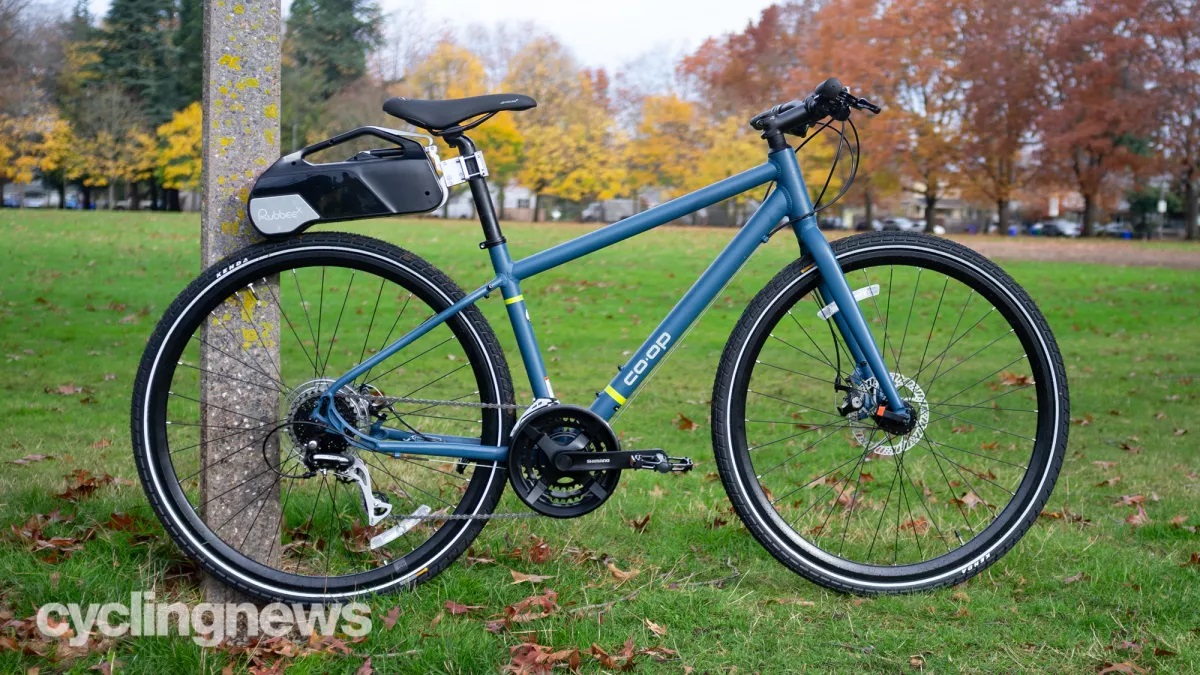
Others like the Bafang front hub motor kit that we’ve tested are more complex and require more cabling. That kit is throttle controlled and so doesn’t comply with UK pedelec laws, so to ride it legally in the UK you need to register the bike, wear a motorcycle helmet and have a licence and insurance. It’s a good idea to check that your conversion will be legal where you live.
Yet other kits like the Pendix eDrive 300 need to be fitted by a dealer, which may negate any price advantage of converting rather than buying.
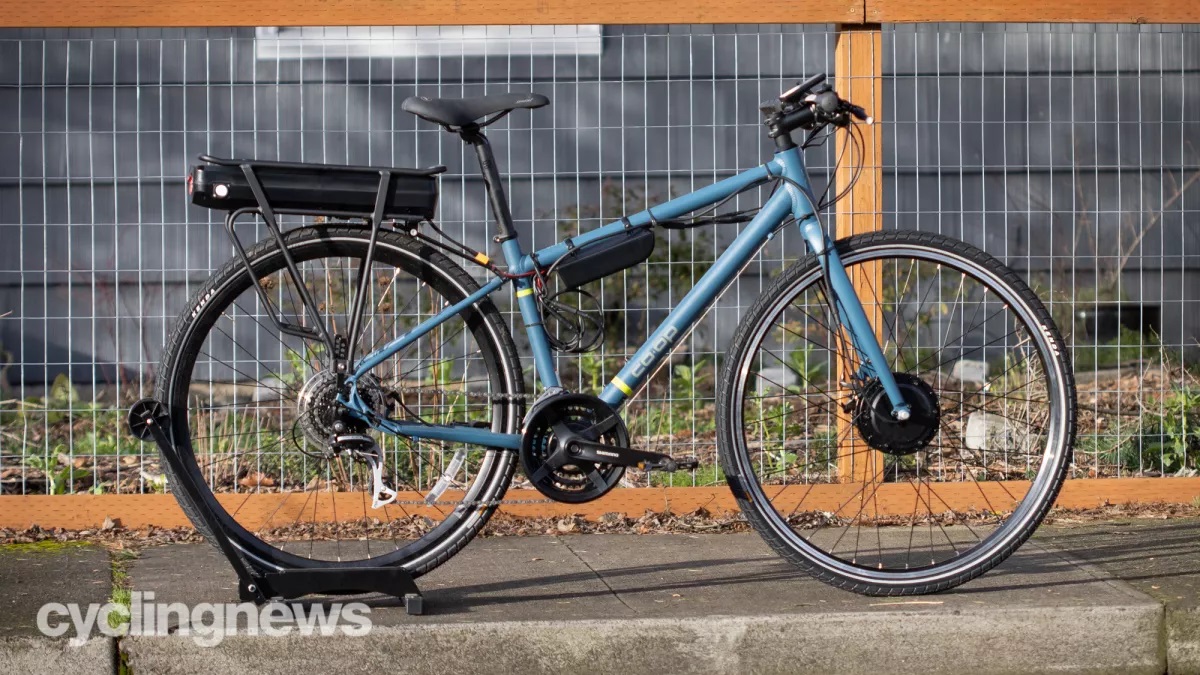
Almost all kits require a certain amount of mechanical work on your bike, so you need to have the expertise and the right tools for this. Again, this will vary depending on the kit. Replacing a wheel and routing a cable isn’t too complex, but if you need to build a motor hub up into a wheel or replace a bottom bracket, there’s another level of competence required. Taking it to a shop is an option, but will add to the price.
Check out our reviews of the best electric bike conversion kits for our experience of building up and using some of the most popular kits ourselves.
Along with legality, you also need to think about safety. A pedal-powered bike frame may not be designed for the forces applied to it by a conversion kit, risking failure, and a motor and battery will alter the bike’s balance and handling and may make them less predictable, particularly if there’s a lot of weight over the front wheel.
Electric bikes often use specific chains and tyres that are suited to the higher speeds and masses associated with having a battery and a motor, along with uprated brakes, so you'd do well to consider these three factors at the very least before installing an aftermarket kit.
Should I buy an electric bike?
The main advantage of buying a ready-built electric bike - if you can find one that suits your needs - is that you get the complete package without extra work. If you buy from a recognised brand, your e-bike will have been tested and have had to pass safety regulations for it to be sold too.
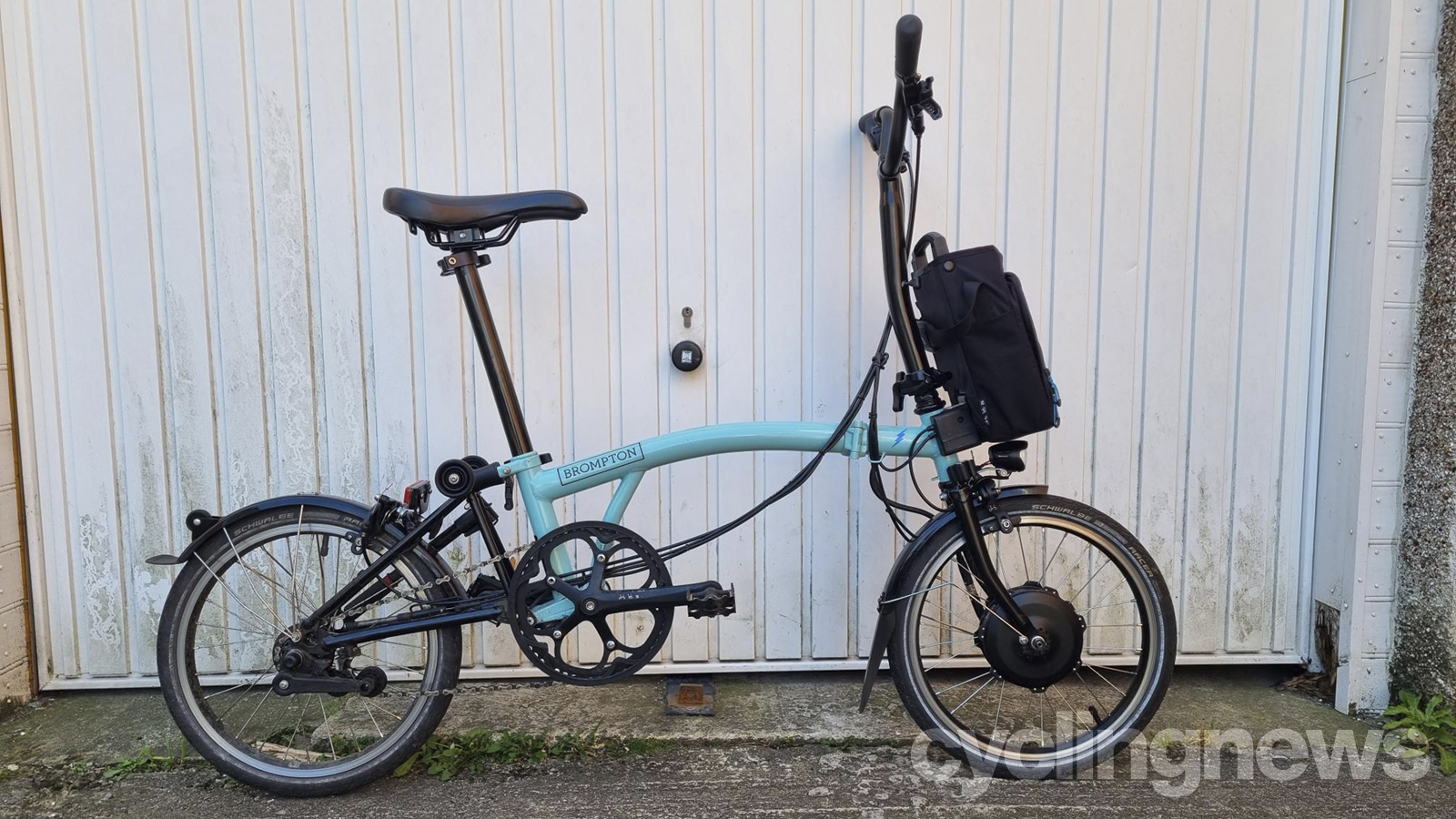
You’ve got a whole range of places to buy an e-bike and are potentially going to be able to test ride it if you buy it from a shop or secondhand. If you do buy direct or from an online retailer, you will have the right to return your purchase if it doesn’t work for you. You’re likely to have guarantees on your e-bike that won’t apply to a converted bike, while conversion will probably invalidate any existing guarantees there were on your base bike.
A complete e-bike has engineering pluses. Items like bolts to fix the wheels in place will be appropriate for the extra power that the motor delivers. An e-bike may have beefed up drivetrain components too, like a Shimano Linkglide chain and sprockets, designed specifically to wear and shift better with the higher power delivered through them by mid-mounted electric bike motors.
It’s likely that it will be better integrated than a conversion kit, with power cables at least partly hidden in the frame and the e-bike designed to fit motor controllers and displays. Components like batteries may be enclosed in the frame rather than being bolted on. They'll also likely be easier to remove too, if designed to.
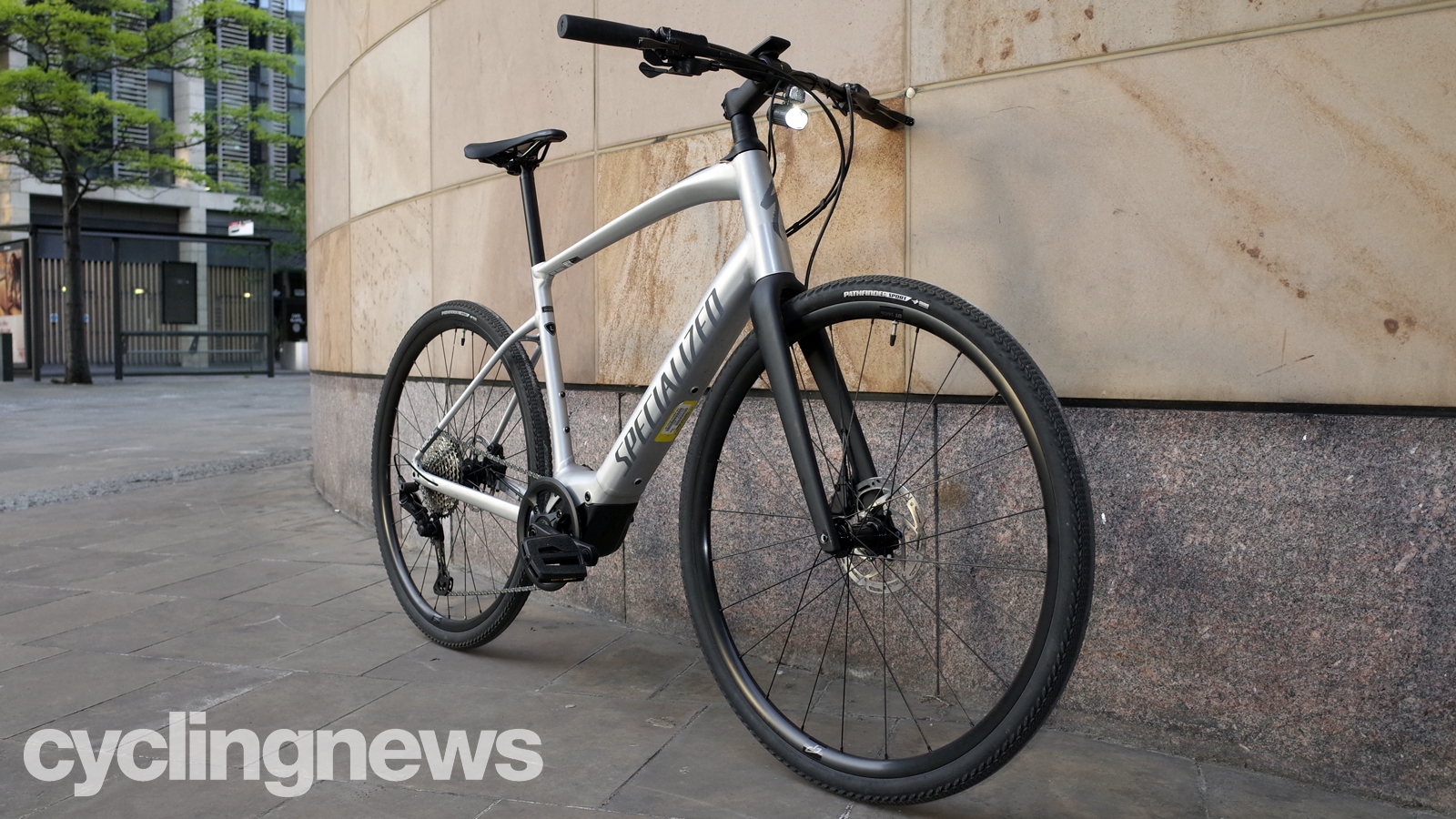
The main argument against buying an electric bike centres on cost, as in most cases a new electric bike will be significantly more expensive than a conversion kit.
It’s also worth thinking about where you’re going to store your e-bike. If your shed is already cluttered up with bikes, will there be room for another one? E-bikes are expensive and desirable, so you need to make sure that it’s secure to prevent theft.
So which is the better option?
Clearly, if you’re going to have to buy a pedal-powered bike as well as the conversion kit, the overall cost is going to go up. In some cases it may be significantly more than the cost of a new, complete electric bike. Plus you’ve got the work to convert it to electric assistance or are going to have to pay someone to do it for you.
A new electric bike is going to be designed from the ground up to run electric, is likely to be better integrated and may prove more reliable. But it’s also likely to be more costly than a conversion and you may not be able to find one available to buy that meets your requirements in the first place.
If you’re handy and have an analog bike available, a conversion kit may save you money, get you e-biking more quickly and make use of a bike that would otherwise languish unused. The conversion might be fun too. And if you decide that electric biking isn’t for you, you can always remove the kit and revert to pedal power, rather than having to sell your used bike or leaving it decaying in the shed.
Paul has been on two wheels since he was in his teens and he's spent much of the time since writing about bikes and the associated tech. He's a road cyclist at heart but his adventurous curiosity means Paul has been riding gravel since well before it was cool, adapting his cyclo-cross bike to ride all-day off-road epics and putting road kit to the ultimate test along the way. Paul has contributed to Cyclingnews' tech coverage for a few years, helping to maintain the freshness of our buying guides and deals content, as well as writing a number of our voucher code pages.